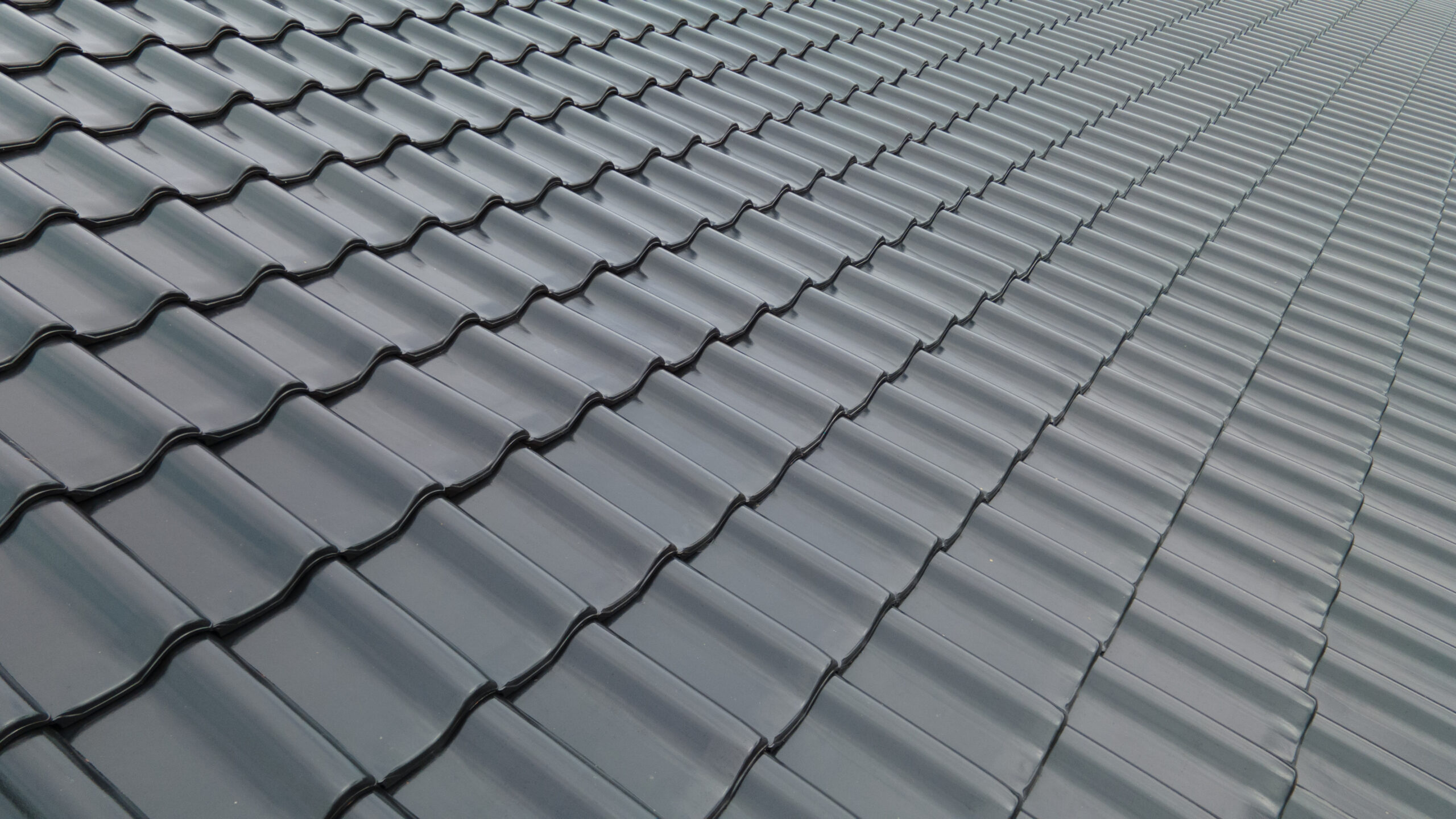When considering a roof replacement or new construction, metal roofing has emerged as a popular alternative to traditional asphalt shingles. Homeowners are increasingly drawn to metal’s exceptional durability and distinctive aesthetic appeal, but the higher initial roof cost gives many pause. This comprehensive guide examines both the advantages and disadvantages of metal roofing systems, including popular options like standing seam metal roof and stone coated steel roof varieties, to help you determine if metal is the ideal roofing solution for your home.
Understanding Metal Roofing Basics
Metal roofing has come a long way from its agricultural and industrial origins. Today’s residential metal roofing encompasses a variety of materials including aluminum, steel, copper, and zinc alloys. Each material offers different benefits in terms of cost, appearance, and performance. The most common types installed on homes are standing seam metal roof systems, which feature raised seams that connect panels and remain above water level, and stone coated steel roof products that mimic the appearance of traditional roofing materials while providing metal’s durability benefits.
Modern manufacturing techniques have transformed metal roofing into a versatile option that can complement virtually any architectural style. From sleek contemporary designs to products that convincingly replicate slate, tile, or wood shake, metal roofing has transcended its utilitarian reputation to become a premium roofing choice for discerning homeowners looking to balance performance with aesthetics.
Advantages of Metal Roofing
Longevity stands as perhaps the most compelling advantage of metal roofing. While conventional asphalt roofs typically require replacement every 15-20 years, quality metal roofing systems routinely last 50+ years with minimal maintenance. This extraordinary lifespan makes metal roofing a potentially more economical long-term investment despite the higher initial roof cost.
Weather resistance represents another significant benefit. Metal roofing excels in extreme conditions, with superior wind resistance (many systems rated for 140+ mph winds), excellent fire resistance, and impressive performance against hail and heavy snow loads. This resilience often translates to insurance premium discounts in many regions prone to severe weather events.
Energy efficiency has become an increasingly important consideration for homeowners, and metal roofing delivers impressive performance. Reflective metal surfaces can reduce cooling costs by up to 25% by efficiently reflecting solar radiation rather than absorbing it. As AskHomey experts often point out, this energy efficiency can substantially offset the higher installation cost over the roof’s lifetime through consistent utility savings.
Environmental benefits further enhance metal roofing’s appeal. Most metal roofing contains significant recycled content (often 25-95%) and is 100% recyclable at the end of its useful life. This stands in stark contrast to petroleum-based asphalt shingles that contribute millions of tons to landfills annually.
Disadvantages of Metal Roofing
The primary drawback of metal roofing is the higher initial investment. Metal roofing systems typically cost 2-3 times more than standard asphalt shingles for both materials and installation. This substantial upfront roof cost difference can be prohibitive for homeowners with tight renovation budgets, even when considering the long-term value proposition.
Noise concerns represent another potential disadvantage, though this issue is often overstated. While improperly installed metal roofing can indeed create more noise during rain or hailstorms, modern installation methods incorporate solid sheathing and insulation that significantly dampen sound transmission. A professionally installed metal roof with proper underlayment typically produces noise levels comparable to other roofing materials.
Expansion and contraction with temperature fluctuations can potentially create issues in metal roofing systems. As metal heats and cools, it moves slightly, which can loosen fasteners over time if the system isn’t designed to accommodate this natural movement. Quality installation with proper fastening systems and allowances for thermal movement is essential for preventing these issues.
Popular Metal Roofing Styles
Standing seam metal roof systems represent the premium tier of metal roofing. These systems feature vertical legs with a concealed fastener system that enhances weather resistance and creates clean, contemporary lines. While more expensive than other metal options, standing seam offers superior performance and a sophisticated aesthetic that many homeowners find worth the investment.
Stone coated steel roof products offer an appealing middle ground by combining metal’s durability with the appearance of traditional roofing materials. These systems apply stone granules to metal panels to create convincing replicas of shingles, shake, or tile. This option appeals to homeowners who want metal’s performance benefits without its distinctive appearance, particularly in neighborhoods with traditional architectural styles.
Making the Right Choice for Your Home
When evaluating whether metal roofing is right for your home, consider your long-term plans for the property, your local climate conditions, and your budget constraints. Homeowners planning to stay in their homes for decades often find the investment in metal roofing more justifiable than those anticipating a move within a few years. Similarly, those in regions with extreme weather conditions may realize greater benefit from metal’s exceptional durability.
Consulting with qualified roofing contractors who specialize in metal installations is essential for making an informed decision. Experienced professionals can provide accurate cost estimates, recommend appropriate metal roofing systems for your specific situation, and ensure proper installation that maximizes performance and longevity.
For more tips and to connect with reliable home service professionals, follow AskHomey on Facebook and Instagram.



